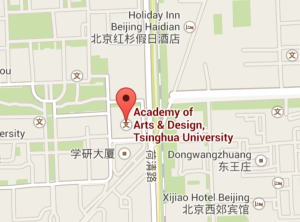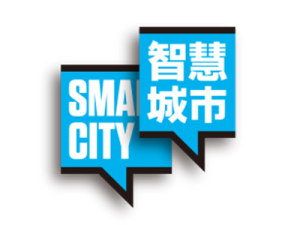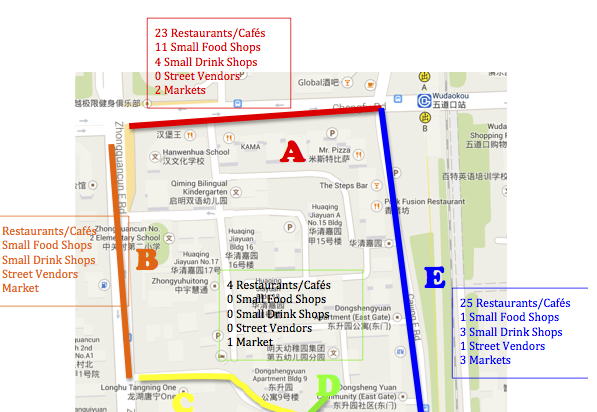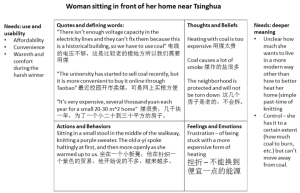On Thursday, we visited the Shijia Hutong Museum, a site celebrating the culture and life of Old Beijing. Many of the city’s hutong—lanes or alleyways—date back to the Ming and Qing dynasties. They are composed of a series of traditional courtyard homes called siheyuan, which have for much of the city’s history have made up the vast majority of the urban fabric. (For example, in 1949, over 1.9 million residents coexisted in a city of largely one- or two-story buildings.)
After the Communists came to power, they began razing the city to accommodate Mao’s plans for urban industrialization, despite fierce opposition from planning experts, historians, and the famous architect Liang Sicheng. This is when Beijing lost its walls. However, many of the city’s traditional courtyards still survived the tumult of the Socialist era. It was actually the rapid construction of the go-go 1980s and 1990s that accelerated the destruction of Beijing’s architectural heritage, and to date, thousands of hutongs have been demolished.
[View of Shijia Hutong Museum Courtyard]
[View of Street Model]
See more pictures in our gallery of Shijia Hutong Museum after the jump.
What were once beautiful, meticulously-kept homes have fallen into disrepair, and the numbers of hutong neighborhoods are dwindling. The Shijia hutong is a restored courtyard home that once belonged to the Ling family. One of its most famous residents was Ling Shuhua, a painter and writer, and her husband Chen Xiying (Chen Yuan). In China in the early twentieth century, it was the literati—essayists, novelists, artists, poets—who were the country’s rockstars, and people eagerly followed their scholarly and personal lives, while celebrating their travels and exploits. The 1920s and 1930s are often deemed the “Golden Age of Intellectualism” as writing flourished, open debate took place in magazines and newspapers, and a sense of freedom and cultural evolution took hold as China broke from its strictly Confucian past to engage with the modern world.
Continue reading Historical Beijing →




